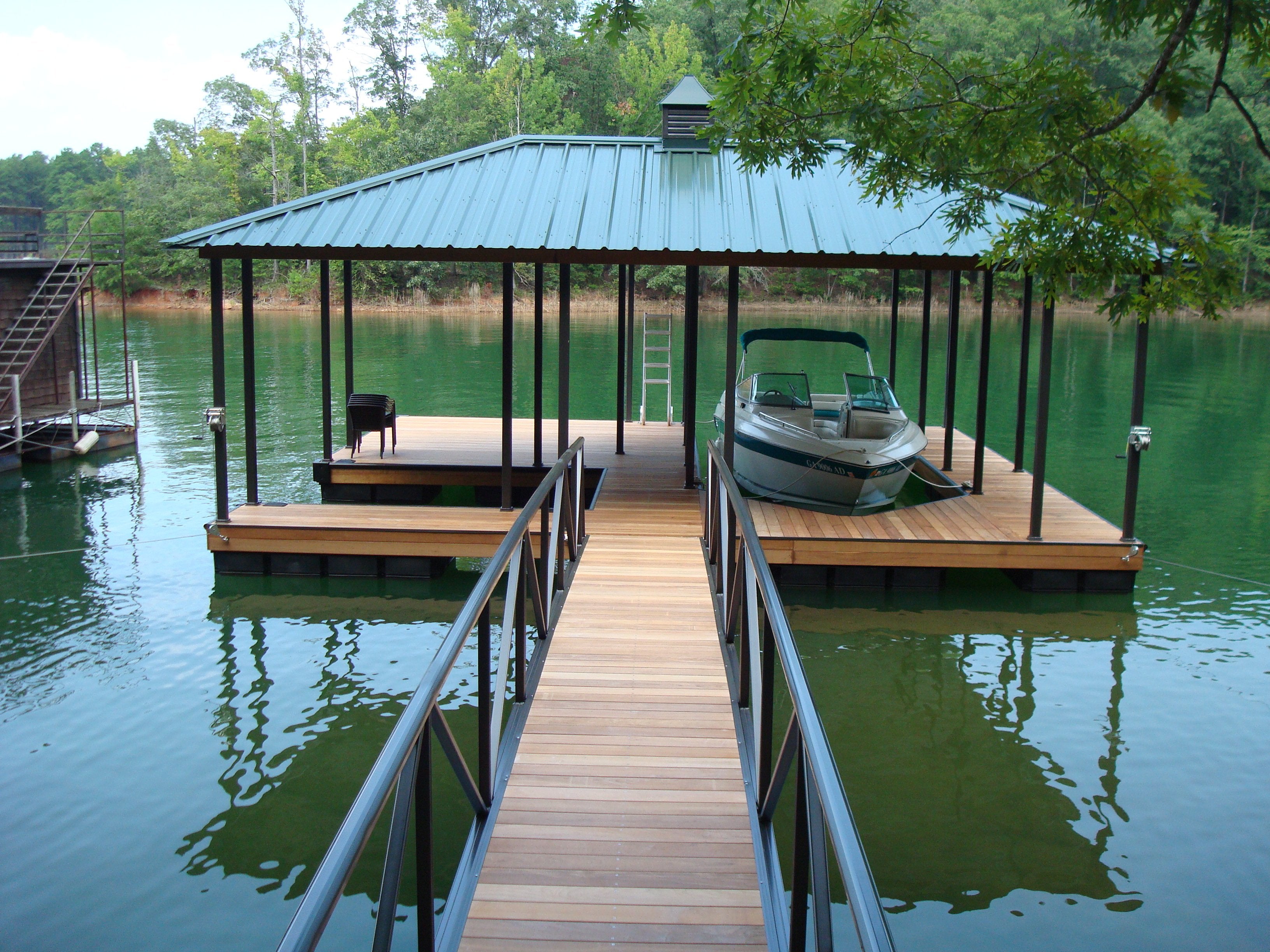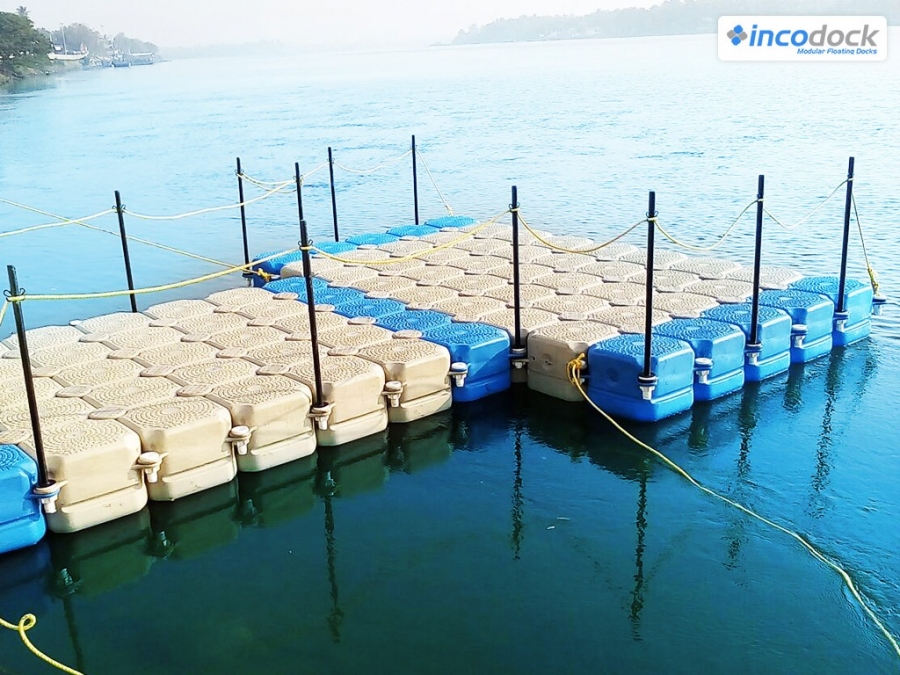Advantages of Dealing With an Established Floating Dock Company for Satisfaction
Advantages of Dealing With an Established Floating Dock Company for Satisfaction
Blog Article
Upgrade Your Beachfront With Long Lasting Floating Docks
Upgrading your beachfront with resilient floating docks can considerably improve both performance and visual appeals, giving a functional solution for various water activities. With a range of products offered, consisting of low-maintenance options and traditional wood, picking the ideal dock can complement your individual style and fulfill sensible demands.
Benefits of Floating Docks
Floating docks offer a multitude of advantages that enhance their allure for various maritime applications. Unlike conventional fixed docks, floating docks surge and fall with the tide, ensuring regular accessibility for boats and boat no matter of ecological conditions.
Additionally, floating docks are easier to install and move, supplying flexibility for short-term or seasonal use. Their modular style enables modification to fit certain needs, whether for personal marinas, household watersides, or business applications.
Additionally, floating docks produce marginal disruption to the water setting, preserving local ecological communities and decreasing the probability of erosion. They likewise give enhanced security and security for users, as their buoyant nature provides an extra flexible surface than inflexible frameworks.
Moreover, floating docks can facilitate a varied series of activities, such as angling, swimming, and entertainment boating, making them a valuable asset for waterside growth. Their adaptability and practicality make floating docks a favored option for a selection of marine tasks.
Selecting the Right Products
Selecting appropriate products for floating docks is essential to their longevity, performance, and general performance. When picking materials, consider variables such as environmental exposure, upkeep demands, and architectural stability. Usual materials include wood, plastic, light weight aluminum, and composite alternatives, each offering distinctive benefits and downsides.
Wood, while cosmetically pleasing, requires normal upkeep to stop rot and decay. Pressure-treated wood can boost durability, however it might still catch water damages over time. Plastic drifts, commonly made from high-density polyethylene, are resistant to rust and call for minimal upkeep, making them an eye-catching choice for low-maintenance applications.
Aluminum is another practical choice, known for its strength and light-weight residential properties. It is immune to corrosion and can stand up to rough climate condition, although it may be extra pricey than other products. Compound materials incorporate the best characteristics of timber and plastic, offering a low-maintenance and durable choice that resembles the appearance of timber without the linked disadvantages.
Ultimately, the choice of material need to align with the planned use, ecological factors to consider, and budget plan restrictions, making sure a resilient and useful floating dock that meets your certain requirements.
Setup Process Introduction
The successful installation of a floating dock depends on careful preparation and execution, making certain that it runs properly in its designated environment. The first step entails examining website problems, consisting of water depth, coastline features, and prevailing climate patterns, which will educate the dock design and anchoring system.
Complying with the website assessment, the next phase is to prepare the floating dock elements. This consists of setting up the frame, securing drifts, and attaching any type of essential equipment. It is important to make certain that all connections are water-resistant and durable to withstand marine conditions.
Once the dock is put together, the setup process begins with positioning the dock in the water. This can involve a crane or other lifting equipment, especially for larger frameworks. Correct placement is crucial for capability and safety and security.

Upkeep Tips for Longevity
Normal maintenance is crucial for making sure the durability and ideal efficiency of a floating dock. To accomplish this, start with routine assessments at the very least two times a year, focusing on the integrity of the dock's framework, including the flotation tools and linking hardware. Search for signs of damages, wear, or deterioration, and deal with any kind of concerns promptly to stop additional deterioration.
Cleaning up is one more essential aspect of upkeep. Eliminate particles, algae, and barnacles from the dock's surface area to prevent slippery problems and preserve visual charm. Utilize a moderate cleaning agent and a soft brush to prevent harming the dock's materials.
In addition, ensure that the dock is properly secured and secured to withstand seasonal adjustments in water levels and weather. Inspect the anchoring system for security and make changes as required.
Enhancing Your Exterior Visual
To develop an aesthetically enticing outdoor space, incorporating a floating dock can dramatically boost the general aesthetic of your waterfront property. Floating docks are not only functional yet can also act as a striking focal point that complements the natural environments - floating docks. Readily available in numerous materials and layouts, these docks can be customized to match your building's architectural design and landscape
The enhancement of decorative components, such as incorporated lights or fashionable railings, even more boosts the you can try these out dock's aesthetic appeal. Think about utilizing natural wood surfaces, which mix effortlessly with the atmosphere, or selecting modern-day materials like aluminum or composite outdoor decking that provide a sleek, contemporary look.
Tactically putting planters or seating areas on or around the dock can produce inviting rooms that urge relaxation and pleasure of home waterfront views. Furthermore, incorporating shades and structures that balance with your landscape will create a natural aesthetic throughout your outdoor area.

Verdict

Upgrading your waterfront with resilient floating docks can significantly improve both functionality and looks, offering a flexible solution for different water tasks. Unlike conventional fixed docks, floating docks rise and autumn with the tide, making sure consistent ease of access for watercrafts and watercraft no matter of environmental problems.Selecting proper materials for floating docks is essential to their durability, efficiency, and overall effectiveness.When the dock is constructed, the installation process commences with placing the dock in the water.In recap, floating docks deal many advantages, including versatility Full Article to water level adjustments and a selection of product choices.
Report this page